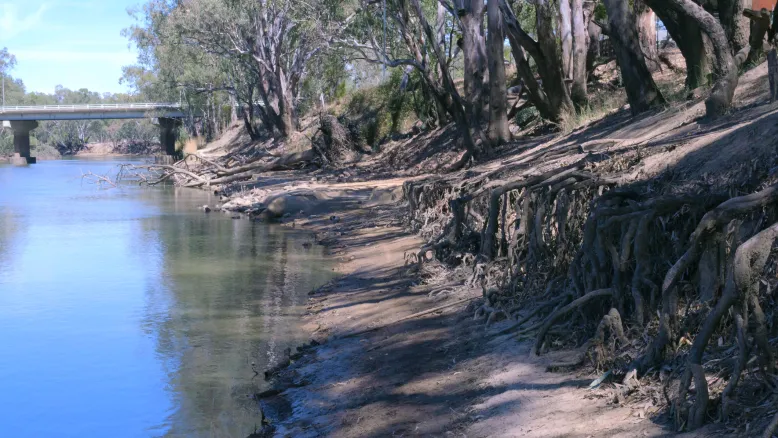Understanding climate variability and change
Our research investigates variability and change in Australia's climate. Through this work, we contribute to global understanding, public safety and informed decision-making by:
- governments
- industries
- emergency services
- many other organisations.
Climate variability is how elements like temperature and rainfall depart from the norm over months, seasons, years, decades and centuries.
Climate is the average of weather conditions emerging from statistics over a sufficiently long period.
Climate change refers to changes in the long-term statistics (averages, variability and extremes) that persist for several decades or longer.
Weather events at the extremes of the historical statistical distribution – the range that has been seen in the past – can have major economic, social and environmental impacts. Their frequency, intensity and impact may vary due to climate change.

Our research helps Australians understand what drives variability and changes in our climate. It enables us to better predict extreme events, such as drought.
Climate variability research
Australia's climate is very variable. We're investigating how this happens and what drives variability over several weeks, months and years – that is, sub-seasonal, seasonal and interannual variability.
This includes exploring ways to predict variability. We're also researching ways to test and improve the computer models we use to make these predictions.
Our work also builds understanding of what drives Australian and southern hemisphere climate, including the:
- El Niño–Southern Oscillation (El Niño and La Niña)
- Indian Ocean Dipole
- Southern Annular Mode
- Madden–Julian Oscillation
- Interdecadal Pacific Oscillation
- Australian monsoon
- sudden stratospheric breakdowns.
Our research also looks at the best ways to evaluate and improve the ability of our modelling systems to simulate and predict climate drivers and processes.
This research informs existing sub-seasonal to seasonal climate outlooks. It helps us improve our models and develop new products that deliver the best possible information to a range of industries. For example, agriculture and water industries.
Climate change research
We assess how changes in greenhouse gases caused by human activity affect Australia's climate.
In particular, we use climate projections and investigate what contributes to extreme climate events in Australia. For example, whether bushfires have become more frequent or severe due to climate change. This is called climate attribution.
We use and assess climate change projections. This helps us better understand:
- uncertainties related to projected climate changes
- how current climate risks will evolve.
This includes observed and simulated climate sensitivity – that is, how much temperatures rise in response to greenhouse gas emissions such as carbon dioxide and methane.
Our research also explores how climate processes at various time scales relevant to Australia and the wider region may change under future climate conditions. For example, how the El Niño–Southern Oscillation or monsoon may change.
To better understand climate variability, extremes and change, we also carry out global climate model experiments using the Australian Community Climate and Earth System Simulator (ACCESS) models, such as ACCESS-S.
Extreme weather events
We are investigating the causes of extreme weather events such as:
- fire weather
- thunderstorms
- tropical cyclones
- east coast lows
- flash droughts.
This includes research into how they may change in future and developing processes for climate attribution of these events. To discover more about these events, view our Learn and explore section.